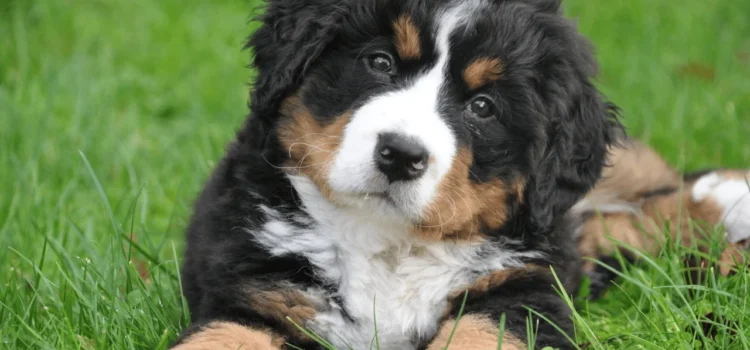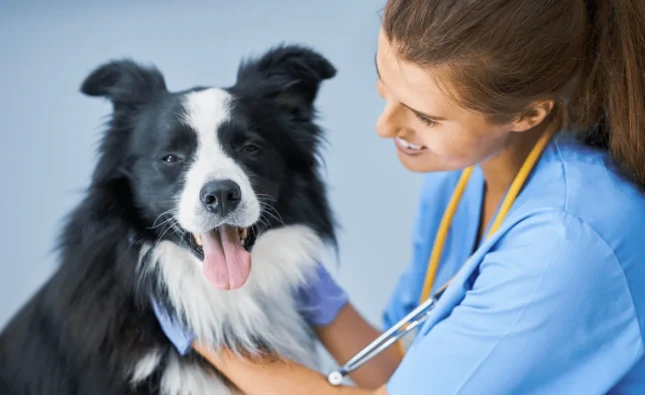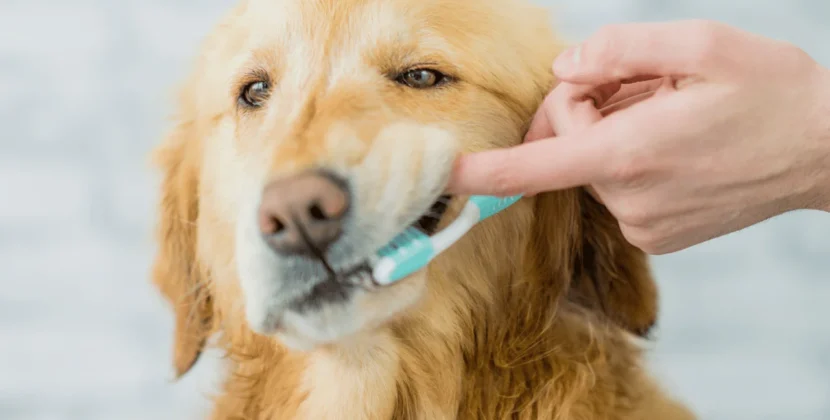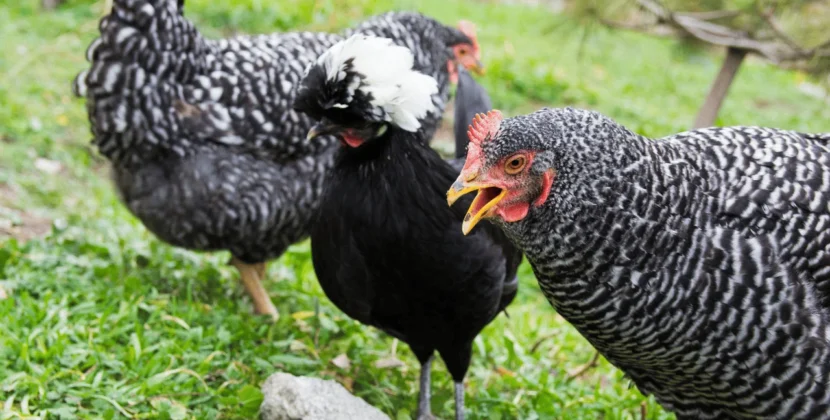If you’re a dog owner and your dog not eating like usually, you know how frustrating it can be when your furry friend refuses to eat their food but will eat treats. This can cause many headaches as a pet owner since you are not sure feeding only treats is enough to enable your fur baby to get all the nutrients it requires. But why do some pets refuse food but would only take treats? Is it a serious problem? Can it be resolved? Take a minute and follow us along as we delve deeper into this issue.
Is it Common For Dogs to Not Eat Their Food But Eat Treats?
It is fairly common for dogs not to eat the food given to them and to prefer eating treats or leftovers from the table. Usually, a dog presenting this sign suggests it is generally unwell, or there is something wrong somewhere. This condition is referred to as partial anorexia. Anorexia is a medical condition that means that your dog has lost appetite for food. Anorexic animals tend to go days without food, no matter the type of food or special teats. For a dog who doesn’t eat its food but prefers only treats, that is partial anorexia since there is a small amount of eating. Partial anorexia can also mean that your dog will eat only when certain special foods like beef, chicken are included. Some also would prefer to eat fastidious foods like a hotdog hamburger or other table foods.
Medical and Psychological Reasons Behind Dog Anorexia And How to Fix Them
There are a lot of reasons why a dog would refuse its food. Some of these may be as minor as a stomach upset or as severe as a medical condition. The reason behind dog anorexia can be grouped into two main categories – medical and psychological.
Medical condition
The medical reason behind dog anorexia can be any illness, condition, or any disorder that doesn’t make the dog eat. There could be so many conditions, diseases, or disorders to cause dog anorexia. Most of these medical-induced anorexia boils down to pain. Pain in any part of the body, usually internal, would prevent the dog from eating. If your dog is not eating, kindly see your veterinarian to run some tests to determine why your dog is not eating. There are so many medical conditions that would prevent a dog from eating, but the most common ones are:
- Gastrointestinal (GI) issues: We all know that an uncomfortable and upset stomach, a hurting tooth, etc., doesn’t entice us to eat, so the same can be said for animals. Gastrointestinal diseases don’t relate only to the stomach and intestines but anywhere from the mouth through the esophagus and the stomach to the small and large intestines. Most of the diseases of GI are accompanied by vomiting and diarrhea aside from the pain.
Psychological condition
The psychological reason behind dog anorexia is usually stress. Stress can be caused by a lot of things, including changes in the environment, changes in the family, or even changes in the dog’s routine. Dogs are creatures of habit, and any change in their routine can cause them to become stressed. Stress can also be caused by anxiety, depression, or even fear. If your dog is not eating, it is essential to determine the cause of the stress and try to eliminate it.
What to Do When Your Dog Won’t Eat Their Food — But Will Eat Treats
It is common for dogs to not eat their food, but eat treats or table scraps. This is referred to as partial anorexia and it typically occurs because your dog doesn’t feel well. Partial anorexia means a dog will eat, but only if something special, such as treats or table scraps like chicken or beef, are added to the food.here are some things you can do when your dog won’t eat their food but will eat treats:
- Check the food quality: The first thing you should do is to check the quality of the food you are giving your dog. If the food is stale or has gone bad, your dog may refuse to eat it. Ensure that the food is fresh and has not expired.
- Change the food: If your dog has been eating the same food for a long time, they may get bored with it. Try changing the food to something different. You can also try adding some wet food or broth to the dry food to make it more appealing.
- Feed your dog at regular intervals: Dogs thrive on routine, so it is essential to feed them at regular intervals. Try to feed your dog at the same time every day. This will help them develop a routine and make them more likely to eat their food.
- Reduce the treats: If your dog is eating too many treats, they may not be hungry enough to eat their food. Try reducing the number of treats you give your dog and see if that helps.
- Make mealtime fun: Dogs love to play, so try making mealtime fun. You can use puzzle feeders or hide treats in your dog’s food to make it more exciting.
- Take your dog for a walk: Exercise can help stimulate your dog’s appetite. Take your dog for a walk before mealtime to help them build up an appetite.
- Consult your veterinarian: If your dog continues to refuse food, it is essential to consult your veterinarian. They can help determine if there is an underlying medical condition causing the problem.





